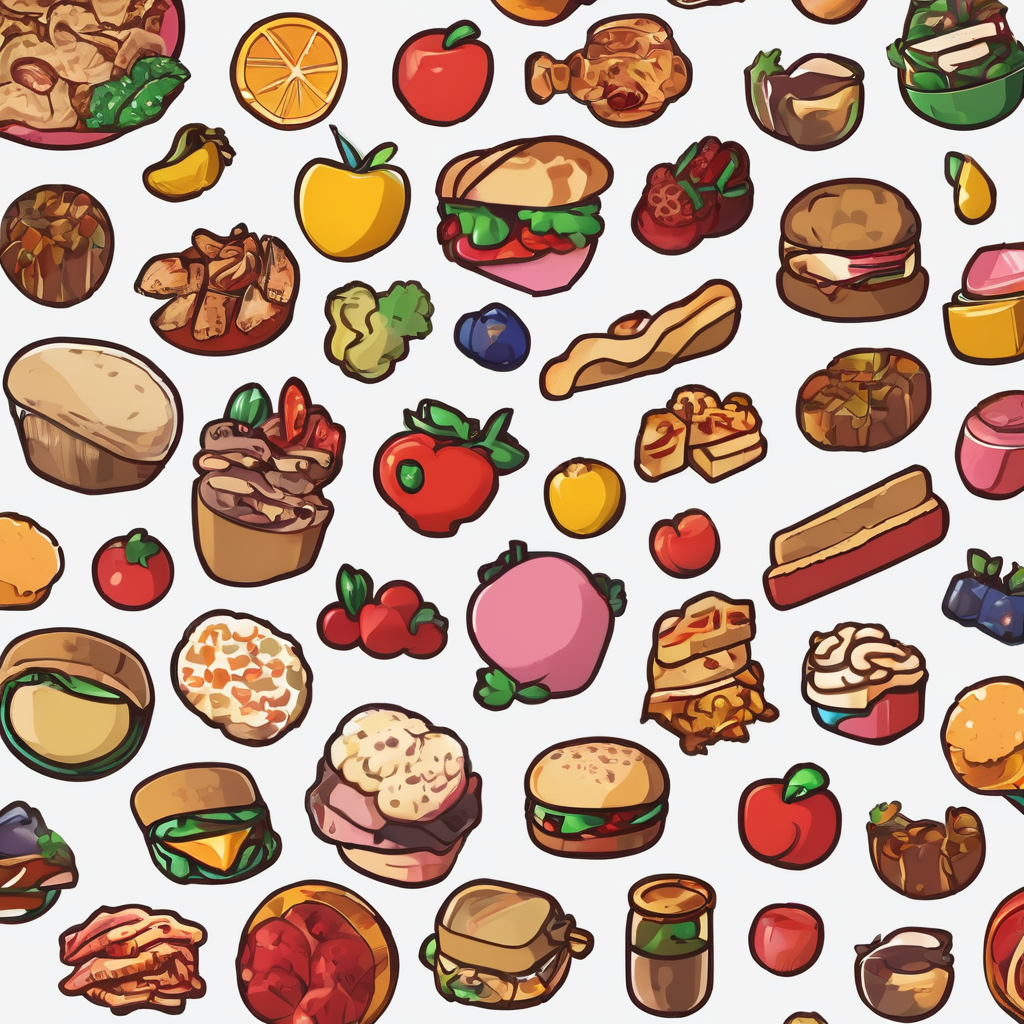Effective Colour and Lighting Choices for a Spacious Kitchen
Small kitchens in the UK can instantly feel more open and inviting by making the best paint colours for small kitchens a priority. Light, neutral tones such as soft whites, pale greys, or pastel hues reflect more light, making the space appear larger and brighter. Pairing these colours with reflective surfaces—like glossy tiles or high-shine cabinets—further enhances this effect by bouncing natural and artificial light around the room.
Kitchen lighting plays a crucial role in brightening small kitchens. Layered lighting, which combines ambient, task, and accent lighting, eliminates shadows and adds depth. For example, under-cabinet lights illuminate countertops where precision is needed, while ceiling fixtures provide overall brightness. Incorporating accent lights, such as LED strips above cabinets, adds subtle depth and helps open up the room visually.
This might interest you : How Can Small Kitchens in the UK Influence Minimalist Lifestyle Choices?
In UK kitchen design, these approaches—thoughtful colour choices combined with strategic, layered lighting—are essential. They not only brighten small kitchens but create a perception of increased space, an invaluable advantage when working with limited kitchen dimensions.
Smart Layouts and Space-Optimising Designs
Designing a small kitchen demands clever kitchen layout ideas that maximise every inch. Open-plan kitchens are rising in popularity across the UK because they remove barriers, integrating the kitchen with living areas and creating a more spacious feel. Even within confined spaces, removing unnecessary walls or half-walls can visually enlarge the room.
Topic to read : How Can You Enhance the Efficiency of Your UK Kitchen with Space-Saving Solutions?
When planning small kitchen floor plans, prioritising open shelving over bulky upper cabinets keeps the kitchen airy and accessible. Open shelves reduce visual weight and encourage organised, intentional storage. Slimline countertops and integrated appliances streamline the workspace, preventing clutter and enhancing flow.
A key to maximising kitchen space lies in balancing storage with openness. For example, combining sleek cabinetry with tailored layouts supports an efficient workflow while making the kitchen appear less cramped. Choosing compact, multi-use furniture can also save space without sacrificing usability.
By leveraging these practical design strategies, homeowners can transform restricted kitchens into inviting, functional spaces. Such thoughtful layouts are essential components of modern UK kitchen design, yielding kitchens that feel both larger and more welcoming.
Innovative Storage Solutions for Small UK Kitchens
Maximising storage is essential in small UK kitchens to maintain a neat, functional space. Effective kitchen storage solutions often involve clever use of cabinet interiors. For instance, installing pull-out larders utilises narrow, deep spaces that would otherwise be wasted. Corner carousels transform awkward corner cupboards into accessible storage, while deep drawers accommodate pots and pans more efficiently than traditional cabinets.
Vertical storage plays a crucial role in helping to declutter the kitchen. Wall-mounted racks and hanging rails free up countertop and cabinet space, keeping frequently used items within reach but out of the way. These solutions are particularly valuable where floor space is limited.
Hidden storage ideas also contribute significantly to maximising space. Furniture with built-in storage compartments, such as bench seating or island units, provide dual functionality without reducing workspace. Such kitchen storage solutions ensure homeowners can store more while preserving a tidy, open environment.
By incorporating these strategies, you can comfortably maximise cabinet space and transform a small kitchen into a highly organised and visually appealing area tailored to daily needs.
Before-and-After Examples: Real UK Kitchen Transformations
Visualising a successful UK kitchen renovation helps homeowners grasp the impact of thoughtful design. For instance, a cramped traditional galley kitchen can be transformed into an open-plan kitchen by removing dividing walls. This change alone maximises kitchen space and improves flow, making the area appear more spacious and inviting.
A typical kitchen makeover idea involves upgrading storage with pull-out larders and corner carousels, which converts awkward cupboard corners into practical storage zones. Such space-saving remodels not only declutter the kitchen but also ease access to items, streamlining daily routines.
The visual kitchen transformation is often dramatic: installing sleek, slimline countertops paired with integrated appliances creates a modern, cohesive look. Accent lighting under cabinets can highlight these new surfaces, enhancing the room’s brightness and depth.
Post-renovation, kitchens often feel larger due to improved layouts and better lighting, while the addition of smart storage ensures clutter is minimal. These real examples showcase how targeted changes can turn a restrictive kitchen into a highly functional, stylish heart of the home.



